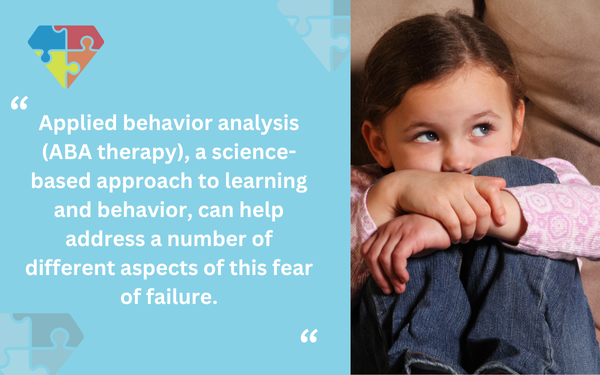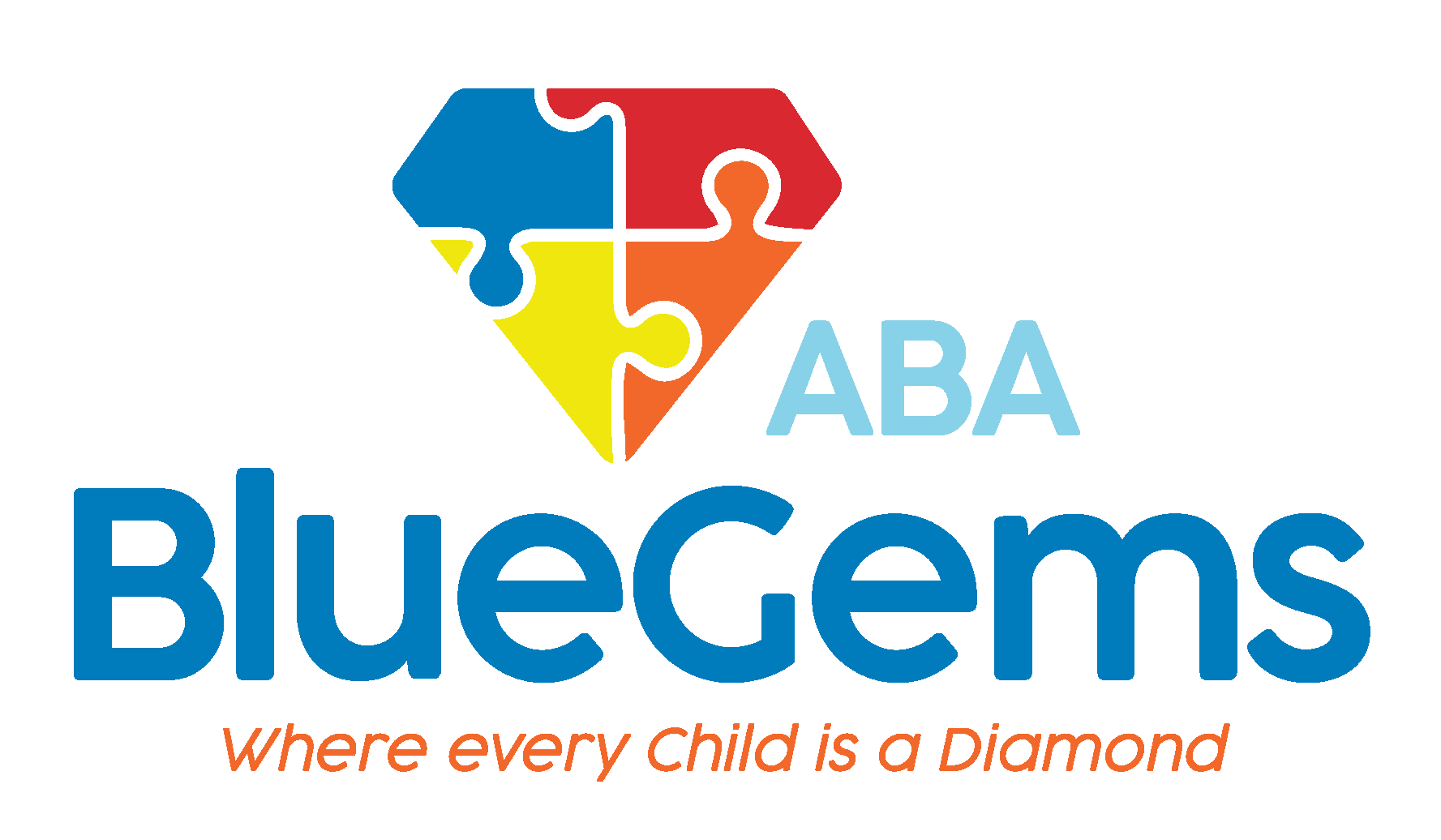Using ABA to Address Fear of Failure
The fear of failure is a rather pervasive issue affecting people from all walks of life. When people have this, which is classified as atychiphobia, they may have a harder time pursuing dreams and goals.
Instead of taking the approach that failure is OK and can lead to valuable lessons learned, individuals may avoid situations altogether if they think there’s a chance they may not succeed.
Some children, including those who have autism spectrum disorder (ASD), are even perfectionists. They want to get everything done precisely right on the first try, and react negatively when they don’t.
The reasons behind why someone might have a fear of failure and be a perfectionist — and how those things manifest themselves in that person — can vary significantly from individual to another.
Applied behavior analysis (ABA therapy), a science-based approach to learning and behavior, can help address a number of different aspects of this fear of failure. We’ll discuss that topic more in this article.
Table Of Contents
How Does ABA Therapy Approach Phobias?
ABA therapy has a number of different strategies that can address phobias an individual might have. Two of the most common ones used are Contact Desensitization Therapy and Exposure Therapy.
The former offers patients positive stimuli when they confront their fears, while in the latter, patients are exposed to these fears on a gradual basis. The combination of these two strategies fosters a better understanding of what their unique triggers might be.
Once the triggers are identified, different strategies and approaches can be developed by the ABA therapy team to target them for improvement. The techniques can teach patients coping mechanisms that they can use in any situation that causes them anxiety, such as trying new things or attempting things they might have failed at before.

How Does ABA Therapy Specifically Address Fear of Failure?
The fear of failure is a rather unique phobia in ABA therapy. While Contact Desensitization Therapy and Exposure Therapy can certainly help, they may be better suited for other phobias — such as the fear of leaving the house, the fear of going to school, the fear of a specific thing like a spider, and so on.
The reason for this is that the fear of failure and perfectionism is inherently integrated into many of the other strategies of ABA therapy.
For instance, task analysis is considered a fundamental ABA therapy concept. It involves taking a complicated task and breaking it down into smaller steps that are much more manageable.
What this approach does is enable individuals to simplify the tasks, which in turn can reduce overwhelming feelings and anxiety. When a person is afraid to fail or is a perfectionist, they often set high and unrealistic expectations for themselves.
| ABA Strategy | Description | How It Helps with Fear of Failure |
|---|---|---|
| Contact Desensitization Therapy | Involves pairing exposure to feared stimuli with positive reinforcement to reduce anxiety responses. | Helps the individual gradually become more comfortable with feared outcomes by associating them with positive experiences. |
| Exposure Therapy | Gradually introduces the individual to the feared context in a controlled and systematic manner. | Builds tolerance and reduces the fear response through repeated exposure to the idea of failure. |
| Task Analysis | Breaks complex tasks into smaller, more manageable steps to reduce overwhelm and promote success. | Minimizes the feeling of failure by focusing on achievable, incremental progress rather than perfect outcomes. |
| Positive Reinforcement | Provides rewards for effort, participation, or small successes, not just final outcomes. | Boosts confidence and encourages persistence even in the face of mistakes or imperfection. |
| Family and Caregiver Involvement | Ensures that strategies are consistently reinforced across all environments — home, school, and therapy. | Creates a safe, structured, and encouraging setting that helps reduce anxiety related to failure or high expectations. |
Task analysis helps eliminate this by only teaching patients small, individual steps. This removes a lot of the failure, in fact, since these separate steps are much more manageable.
Positive reinforcement is also a key aspect of ABA therapy, used throughout the different strategies and approaches. When a patient successfully attempts or completes one of these small steps in task analysis, they are provided with a reward that may come in the form of a preferred activity, a token they can exchange later for something tangible, or just extra praise.
What this reinforcement system does is reward patients for their efforts, not their overall success. It promotes self-confidence, keeps patients engaged in the therapy and makes them motivated to want to do more.
Since ABA therapy integrates other family members, caregivers and professionals into the treatment plan, it ensures that these strategies are being reinforced throughout the patient’s life — in all real-world settings and scenarios.
By providing a consistent, structured environment to approaching new tasks, skills and behaviors, ABA therapy helps to remove the fear of failure or the need to be perfect.
Blue Gems ABA Helps Children with ASD Overcome Their Fears
Fears and phobias are something that exist in all of us, regardless of how old we are or what our developmental abilities are. Children with autism may have additional fears that their neurotypical peers don’t, such as a higher rate of the fear of failure or the need to be perfect.
At Blue Gems ABA, we help all of our patients address and overcome whatever fears they may have. We create personalized treatment plans that are based on each patient’s unique strengths, challenges and preferences, which helps the therapy be more successful.
To learn more, please contact us today.




